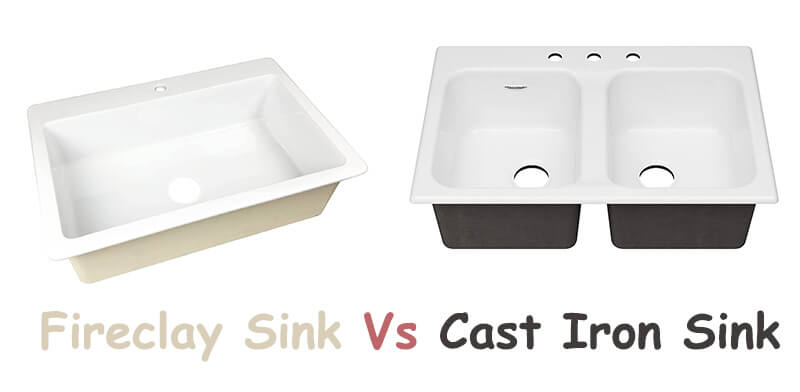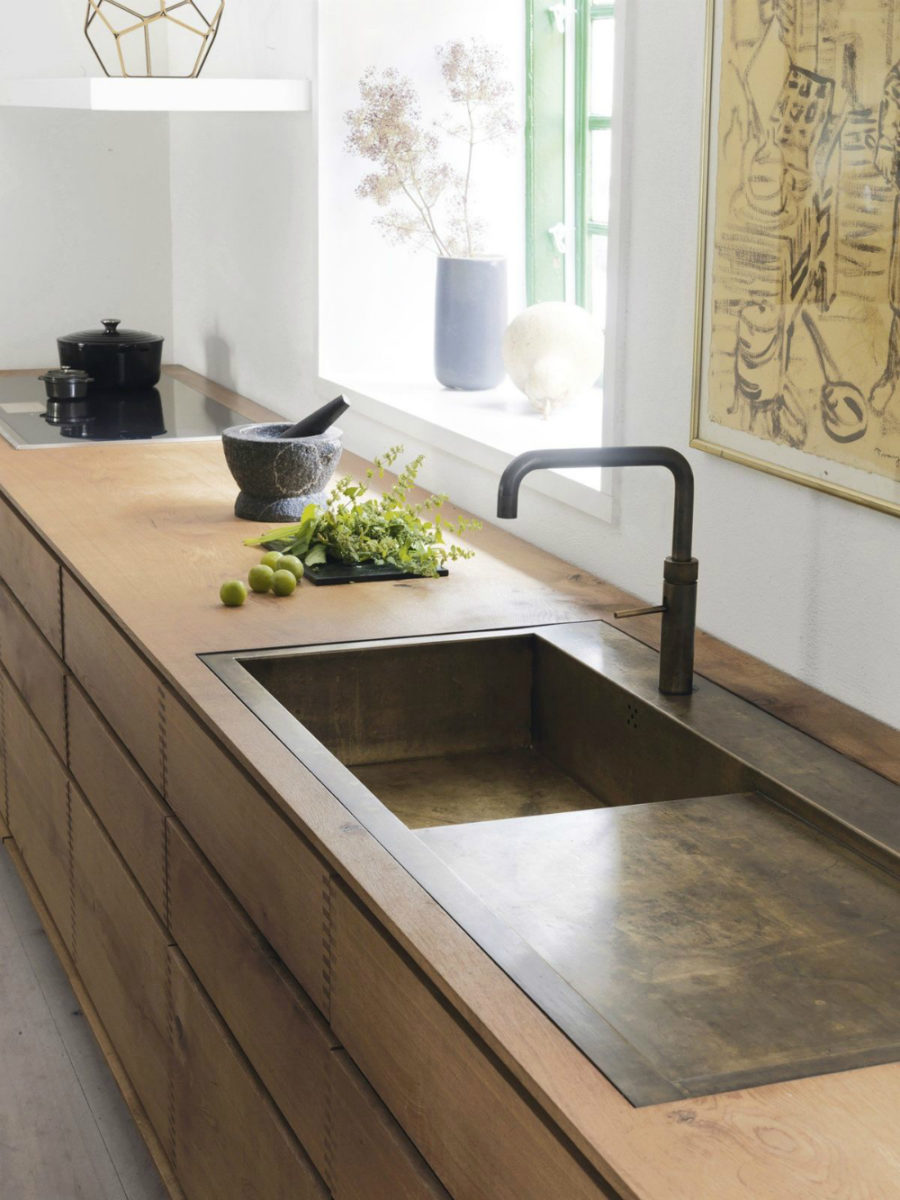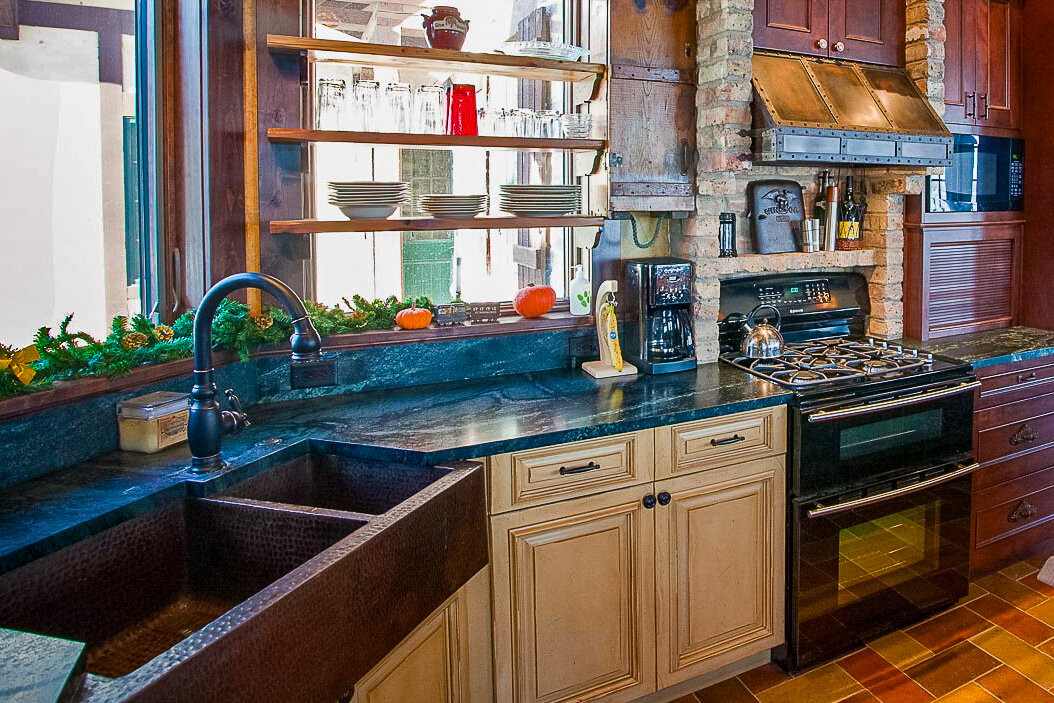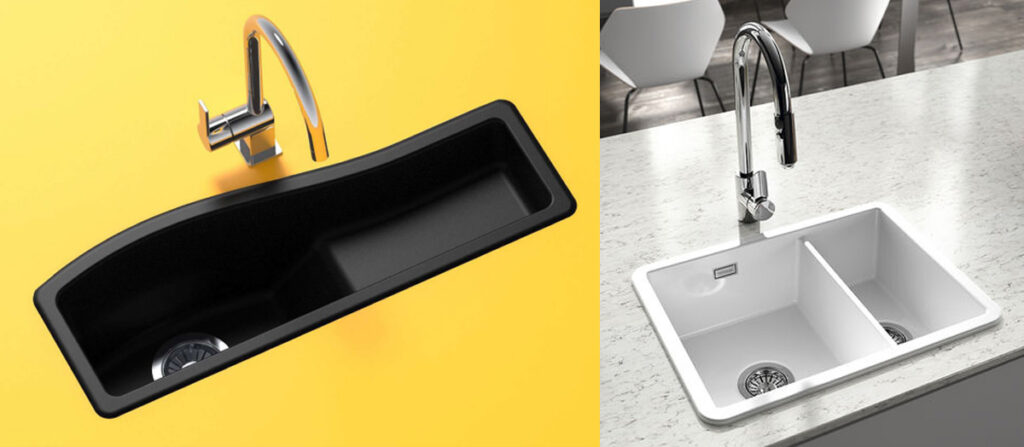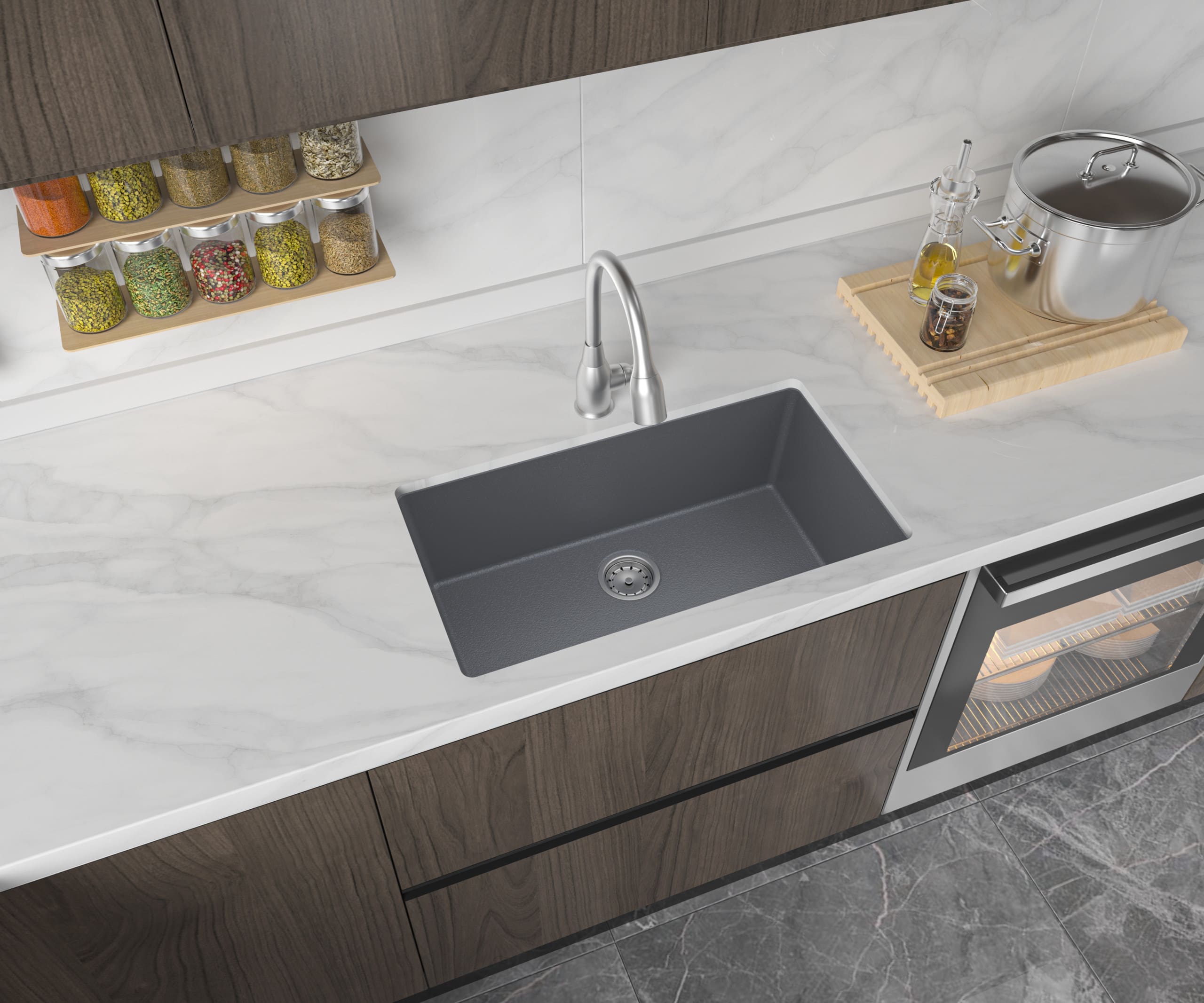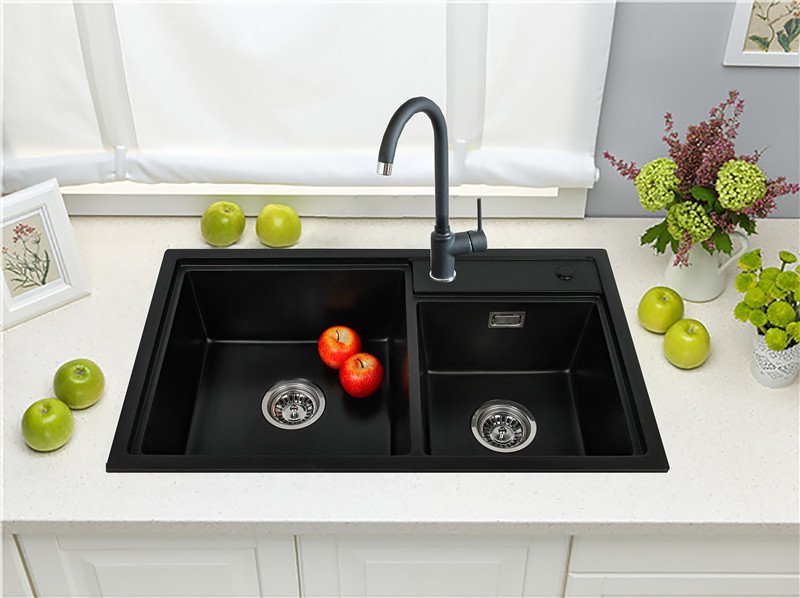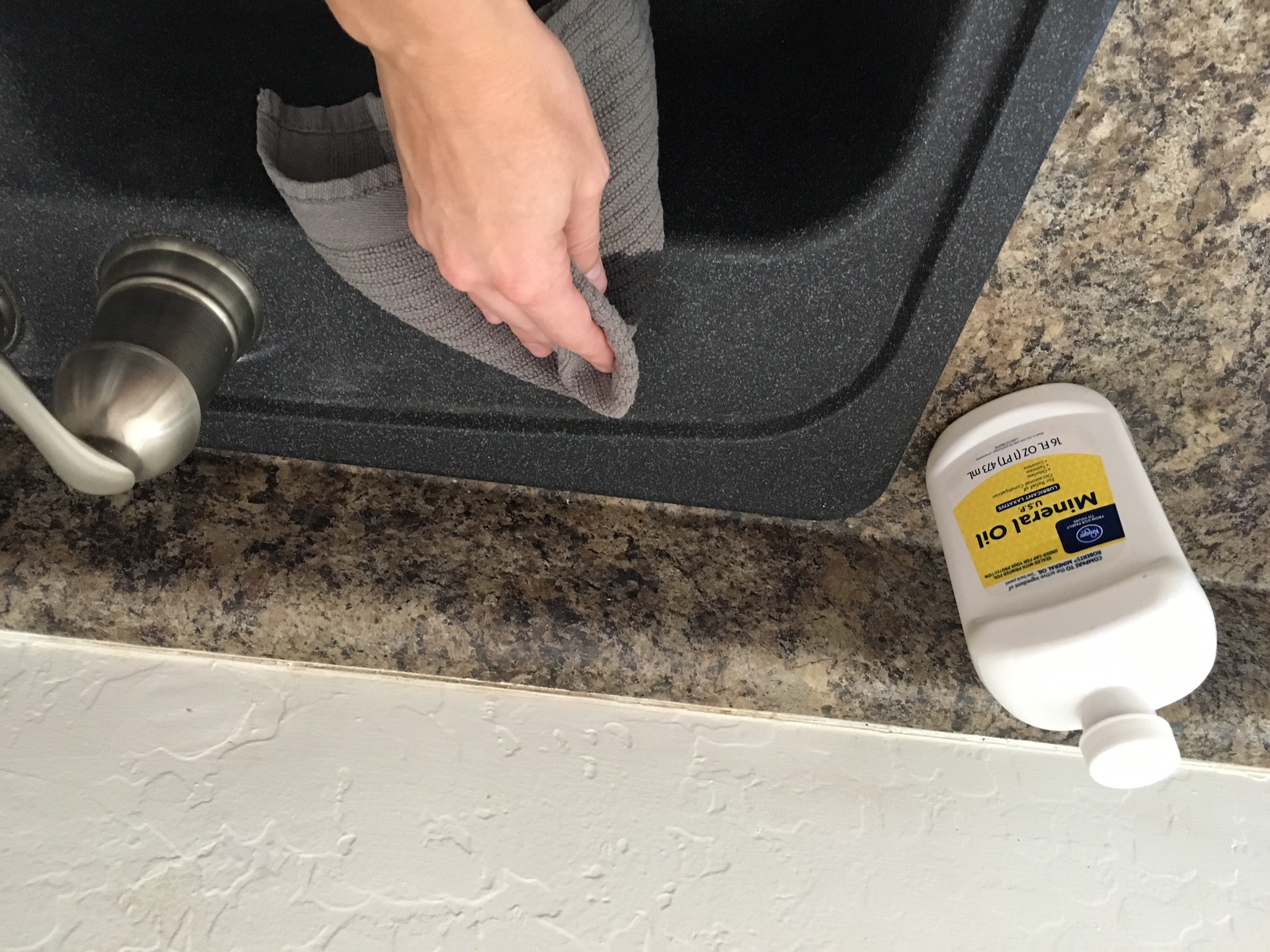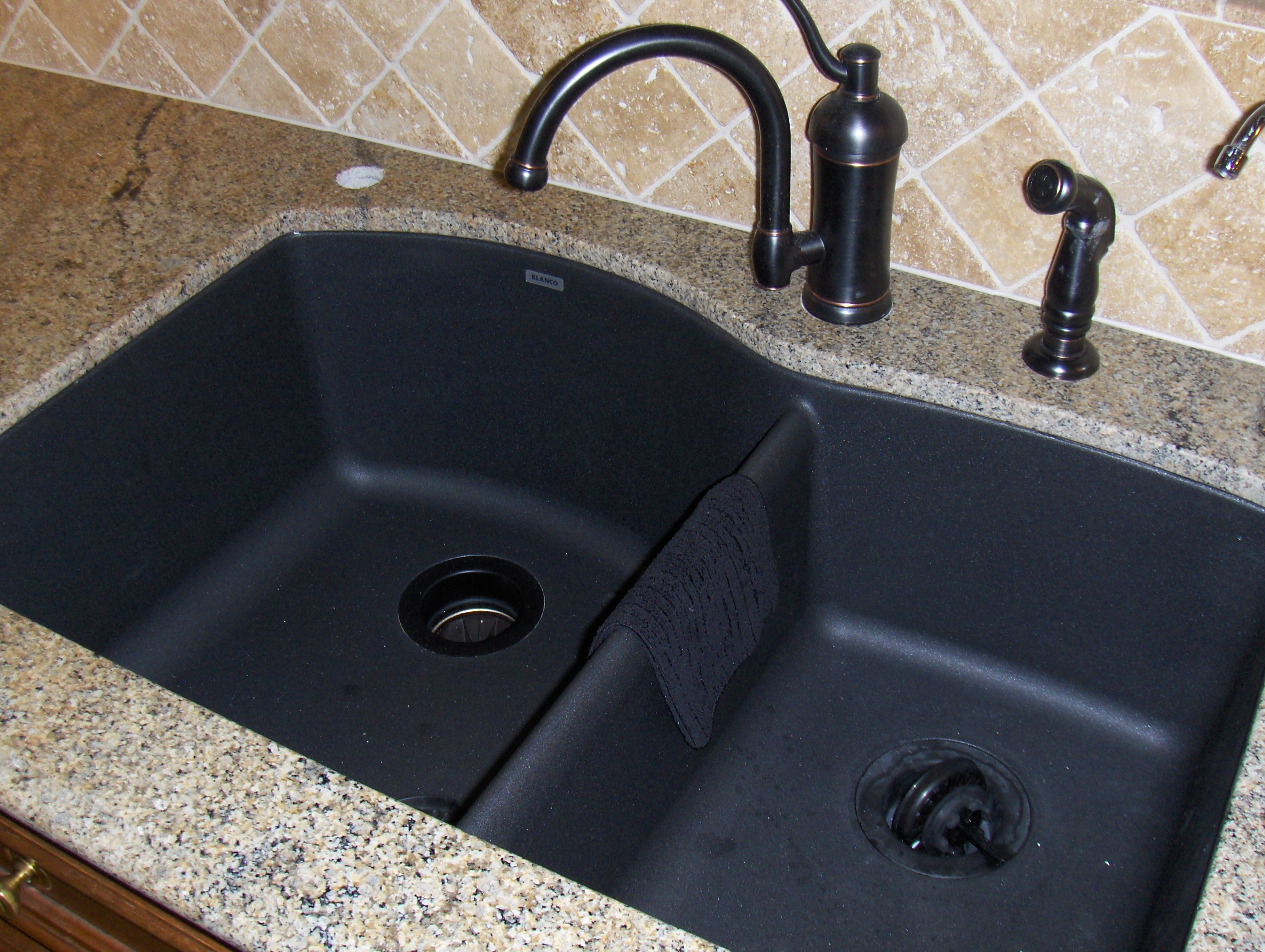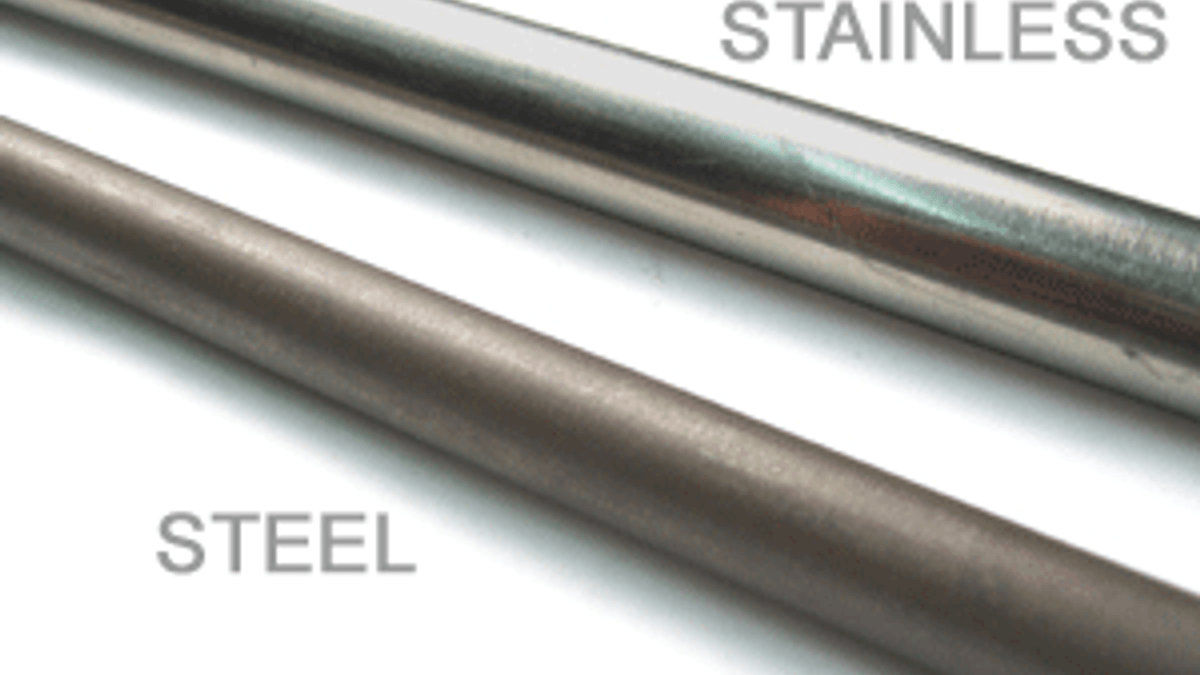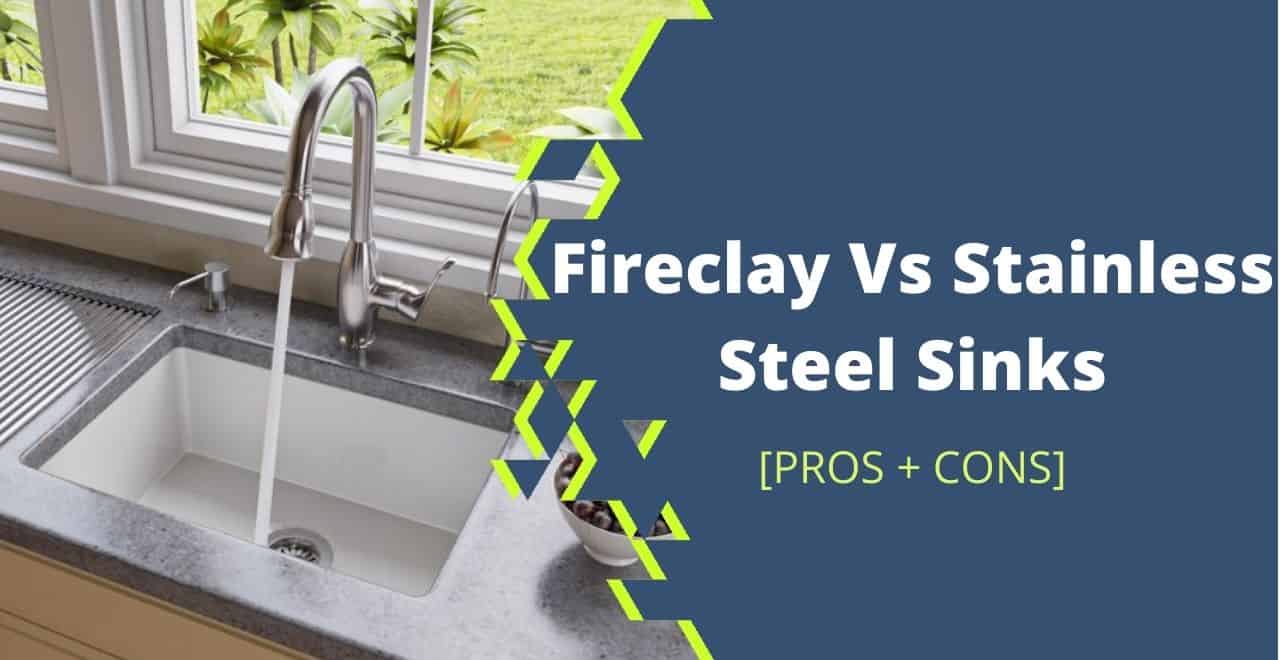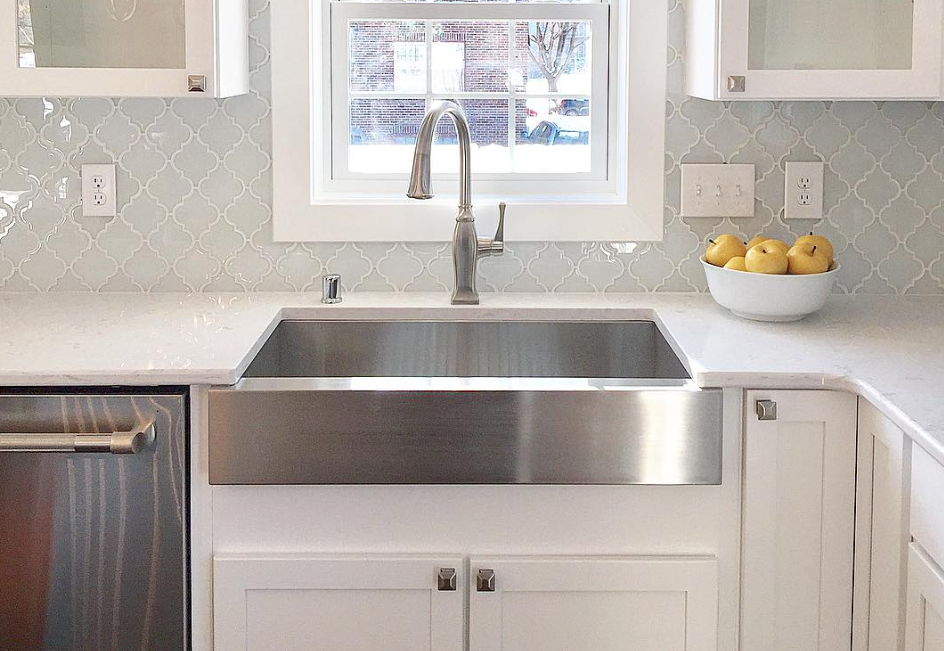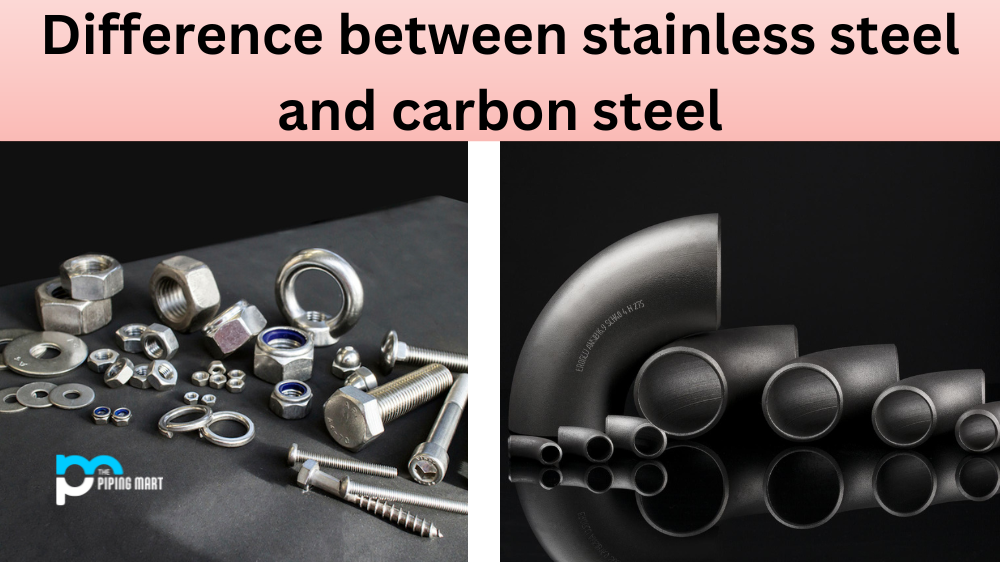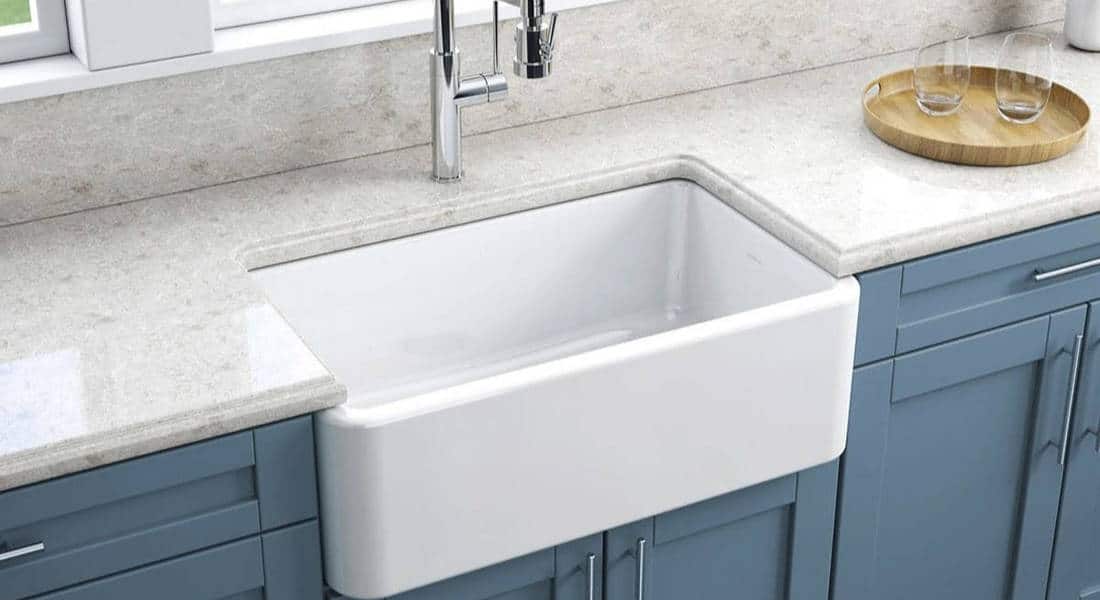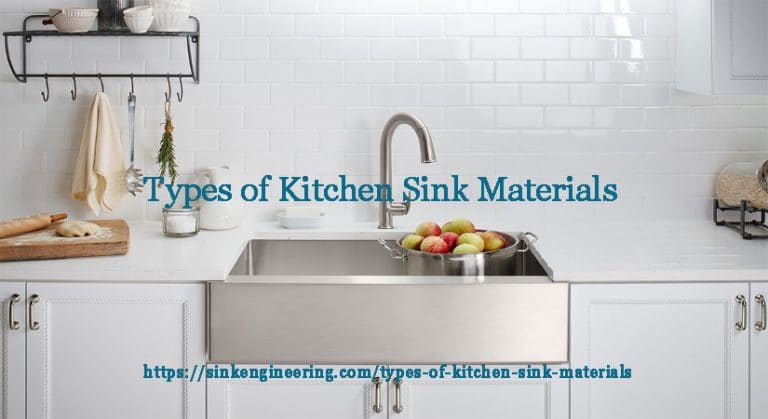1. Stainless Steel vs. Porcelain: Which Material is Best for Kitchen Sinks?
When it comes to choosing the right material for your kitchen sink, there are several options available in the market. Two of the most popular materials are stainless steel and porcelain, each with their own unique features and benefits. So which one is better for your kitchen sink? Let's take a closer look at the differences between these two materials.
Stainless steel sinks are known for their durability and resistance to stains and scratches. They are also a popular choice for their sleek and modern look. However, they can be noisy and show water spots and fingerprints easily.
Porcelain sinks, on the other hand, offer a classic and elegant look that can complement any kitchen style. They are also resistant to heat and stains, making them a great choice for heavy use. However, they can be more prone to chipping and cracking compared to stainless steel.
2. Comparing Different Types of Kitchen Sink Materials
Aside from stainless steel and porcelain, there are other materials that are commonly used for kitchen sinks. These include composite, cast iron, and fireclay. Each of these materials has its own unique characteristics and benefits, so it's important to understand them before making a decision.
Composite sinks are made from a combination of materials, such as quartz, granite, and resin. They offer a variety of colors and styles, as well as resistance to scratches and stains. However, they can be more expensive compared to other materials.
Cast iron sinks are known for their durability and classic look. They are made by coating a cast iron core with a layer of enamel, making them resistant to stains and scratches. However, they can be heavy and may require additional support.
Fireclay sinks are made from clay that is fired at high temperatures, making them extremely durable and resistant to heat and stains. They also offer a classic and elegant look, but they can be expensive and may require special cleaning products.
3. The Pros and Cons of Different Kitchen Sink Materials
Now that we have a better understanding of the different materials used for kitchen sinks, let's take a look at the pros and cons of each option.
Stainless steel: Pros - durable, resistant to stains and scratches, affordable. Cons - can be noisy, shows water spots and fingerprints easily.
Porcelain: Pros - classic and elegant look, resistant to heat and stains. Cons - can be prone to chipping and cracking.
Composite: Pros - variety of colors and styles, resistant to scratches and stains. Cons - can be expensive.
Cast iron: Pros - durable, classic look, resistant to stains and scratches. Cons - heavy, may require additional support.
Fireclay: Pros - extremely durable, resistant to heat and stains. Cons - expensive, may require special cleaning products.
4. Choosing the Right Material for Your Kitchen Sink: A Guide
With so many options available, it can be overwhelming to choose the right material for your kitchen sink. Here are some factors to consider when making your decision:
Budget: If you're on a tight budget, stainless steel and composite sinks are more affordable options compared to porcelain and fireclay.
Style: Consider the overall style of your kitchen and choose a sink material that will complement it. For a modern look, stainless steel is a popular choice, while porcelain and fireclay offer a more classic and elegant look.
Usage: If you have a busy household and use your sink frequently, consider a more durable material like stainless steel, composite, or fireclay.
5. Composite vs. Cast Iron: Which Material is Better for Kitchen Sinks?
When it comes to choosing between composite and cast iron for your kitchen sink, there are a few key differences to consider. While both offer durability and resistance to scratches and stains, composite sinks offer a wider range of colors and styles, while cast iron sinks have a more classic and timeless look.
Ultimately, the decision will come down to personal preference and budget. If you're looking for a more affordable option with a variety of styles, composite may be the way to go. But if you want a sink that will stand the test of time and add a touch of elegance to your kitchen, cast iron may be the better choice.
6. A Comparison of Popular Kitchen Sink Materials: Which One is Right for You?
Let's do a quick comparison of the top kitchen sink materials to help you make your decision:
Stainless steel: affordable, durable, resistant to stains and scratches, but can be noisy and show water spots and fingerprints easily.
Porcelain: classic and elegant look, resistant to heat and stains, but can be prone to chipping and cracking.
Composite: variety of colors and styles, resistant to scratches and stains, but can be expensive.
Cast iron: durable, classic look, resistant to stains and scratches, but heavy and may require additional support.
Fireclay: extremely durable, resistant to heat and stains, but expensive and may require special cleaning products.
7. The Benefits of Choosing a Granite Composite Kitchen Sink
While composite sinks are made from a variety of materials, one type that stands out is granite composite. This material is made from a combination of granite stone and resin, offering a unique and modern look to any kitchen. It also offers the same durability and resistance to scratches and stains as other composite sinks, but with the added benefit of being heat-resistant.
Granite composite sinks are also available in a wide range of colors, making it easy to find one that will match your kitchen's style. Additionally, they are affordable compared to other materials like fireclay or cast iron.
8. Understanding the Differences Between Stainless Steel and Fireclay Kitchen Sinks
Stainless steel and fireclay are two popular materials used for kitchen sinks, but they have distinct differences that may impact your decision.
Stainless steel sinks offer a more modern look and are easier to clean, but they can be noisy and show water spots and fingerprints easily. Fireclay sinks, on the other hand, offer a classic and elegant look, but they can be expensive and may require special cleaning products.
Consider your budget and preferred style when choosing between these two materials for your kitchen sink.
9. How to Choose the Best Material for Your Kitchen Sink
With so many options available, it can be overwhelming to choose the best material for your kitchen sink. Here are some tips to help you make the right decision:
Consider your budget, style, and usage when comparing different materials. Think about the features and benefits that are most important to you, such as durability, resistance to stains and scratches, and overall look. Finally, don't be afraid to ask for recommendations from friends or professionals for their experiences with different sink materials.
10. Comparing the Durability and Maintenance of Different Kitchen Sink Materials
When it comes to durability and maintenance, some kitchen sink materials require more care than others. Stainless steel and composite sinks are generally low maintenance and easy to clean, while porcelain and fireclay may require more attention to avoid chipping or staining.
Consider your lifestyle and how much time you are willing to spend on maintaining your kitchen sink before making your final decision.
In conclusion, there are many factors to consider when choosing the best material for your kitchen sink. Consider your budget, style, usage, and maintenance preferences to find the perfect sink that will not only be functional but also add to the overall look of your kitchen.
Kitchen Sink Material: A Crucial Factor in House Design
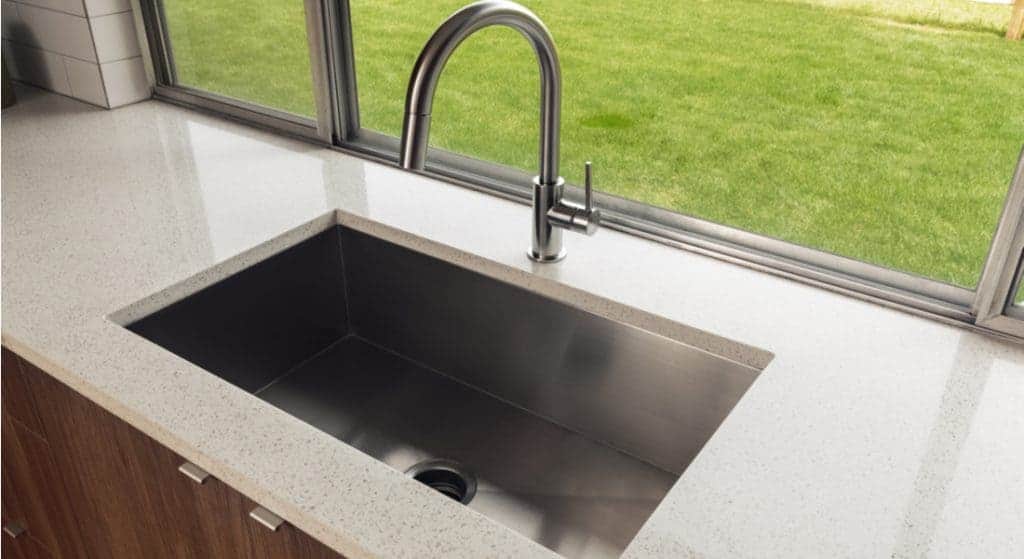
Why Choosing the Right Kitchen Sink Material Matters
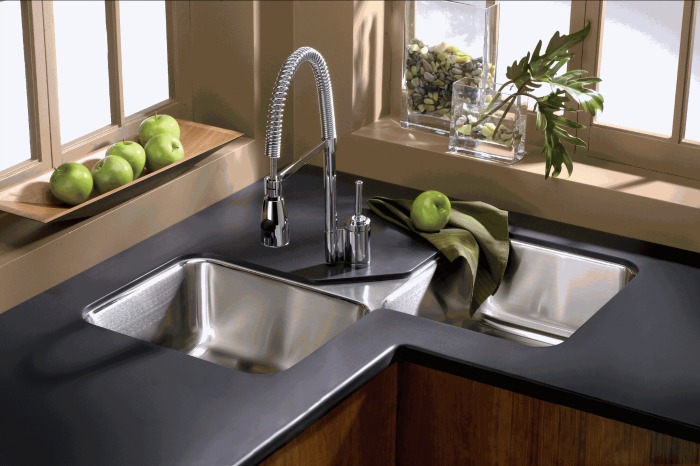 When it comes to designing a house, every single detail matters. From the color of the walls to the type of flooring, each element contributes to the overall aesthetic and functionality of a home. However, there is one particular aspect of house design that is often overlooked: the kitchen sink material.
Kitchen sinks are not just a place to wash dishes, they are an essential part of the kitchen and can significantly impact the look and feel of the space.
From traditional stainless steel to modern granite composite, there is a wide range of materials to choose from when it comes to kitchen sinks. Each material has its own unique characteristics, and it is important to consider these factors when deciding on the right one for your kitchen.
When it comes to designing a house, every single detail matters. From the color of the walls to the type of flooring, each element contributes to the overall aesthetic and functionality of a home. However, there is one particular aspect of house design that is often overlooked: the kitchen sink material.
Kitchen sinks are not just a place to wash dishes, they are an essential part of the kitchen and can significantly impact the look and feel of the space.
From traditional stainless steel to modern granite composite, there is a wide range of materials to choose from when it comes to kitchen sinks. Each material has its own unique characteristics, and it is important to consider these factors when deciding on the right one for your kitchen.
The Most Commonly Used Kitchen Sink Materials
 Stainless Steel:
This is by far the most popular choice for kitchen sinks. It is durable, easy to clean, and offers a sleek and modern look. Stainless steel sinks come in various finishes and price ranges, making them a versatile option for any kitchen.
Granite Composite:
This is a relatively new material in the market, but it has gained popularity due to its durability and resistance to scratches, stains, and heat. It also offers a modern and stylish look to any kitchen.
Fireclay:
This is a type of ceramic material that is extremely durable and can withstand high temperatures. Fireclay sinks are known for their classic and elegant look, making them a popular choice in traditional and farmhouse-style kitchens.
Cast Iron:
Cast iron sinks are known for their strength and durability, making them a long-lasting option for any kitchen. They come in a variety of colors and styles, making them a great choice for those looking for a unique and customizable sink.
Stainless Steel:
This is by far the most popular choice for kitchen sinks. It is durable, easy to clean, and offers a sleek and modern look. Stainless steel sinks come in various finishes and price ranges, making them a versatile option for any kitchen.
Granite Composite:
This is a relatively new material in the market, but it has gained popularity due to its durability and resistance to scratches, stains, and heat. It also offers a modern and stylish look to any kitchen.
Fireclay:
This is a type of ceramic material that is extremely durable and can withstand high temperatures. Fireclay sinks are known for their classic and elegant look, making them a popular choice in traditional and farmhouse-style kitchens.
Cast Iron:
Cast iron sinks are known for their strength and durability, making them a long-lasting option for any kitchen. They come in a variety of colors and styles, making them a great choice for those looking for a unique and customizable sink.
The Importance of Choosing the Right Kitchen Sink Material
 Aside from the aesthetic aspect, choosing the right kitchen sink material is crucial for its functionality and maintenance. Each material has its own pros and cons, and it is important to consider your lifestyle and needs when making a decision. For example, if you have a busy household with lots of dishes, a durable and easy to clean material like stainless steel or granite composite would be a better choice. On the other hand, if you are looking for a more visually appealing sink and are willing to put in the extra effort for maintenance, materials like fireclay or cast iron may be the way to go.
In addition,
the right kitchen sink material can also add value to your home.
A high-quality sink can be a selling point for potential buyers, especially if it is made from a durable and aesthetically pleasing material.
Aside from the aesthetic aspect, choosing the right kitchen sink material is crucial for its functionality and maintenance. Each material has its own pros and cons, and it is important to consider your lifestyle and needs when making a decision. For example, if you have a busy household with lots of dishes, a durable and easy to clean material like stainless steel or granite composite would be a better choice. On the other hand, if you are looking for a more visually appealing sink and are willing to put in the extra effort for maintenance, materials like fireclay or cast iron may be the way to go.
In addition,
the right kitchen sink material can also add value to your home.
A high-quality sink can be a selling point for potential buyers, especially if it is made from a durable and aesthetically pleasing material.
In Conclusion
 When it comes to house design, every detail counts. The kitchen sink material may seem like a small and insignificant factor, but it can have a significant impact on the overall look and functionality of your kitchen. Consider your lifestyle, needs, and budget when choosing the right material for your kitchen sink. With the right choice, your kitchen sink can be a beautiful and functional centerpiece in your home.
When it comes to house design, every detail counts. The kitchen sink material may seem like a small and insignificant factor, but it can have a significant impact on the overall look and functionality of your kitchen. Consider your lifestyle, needs, and budget when choosing the right material for your kitchen sink. With the right choice, your kitchen sink can be a beautiful and functional centerpiece in your home.
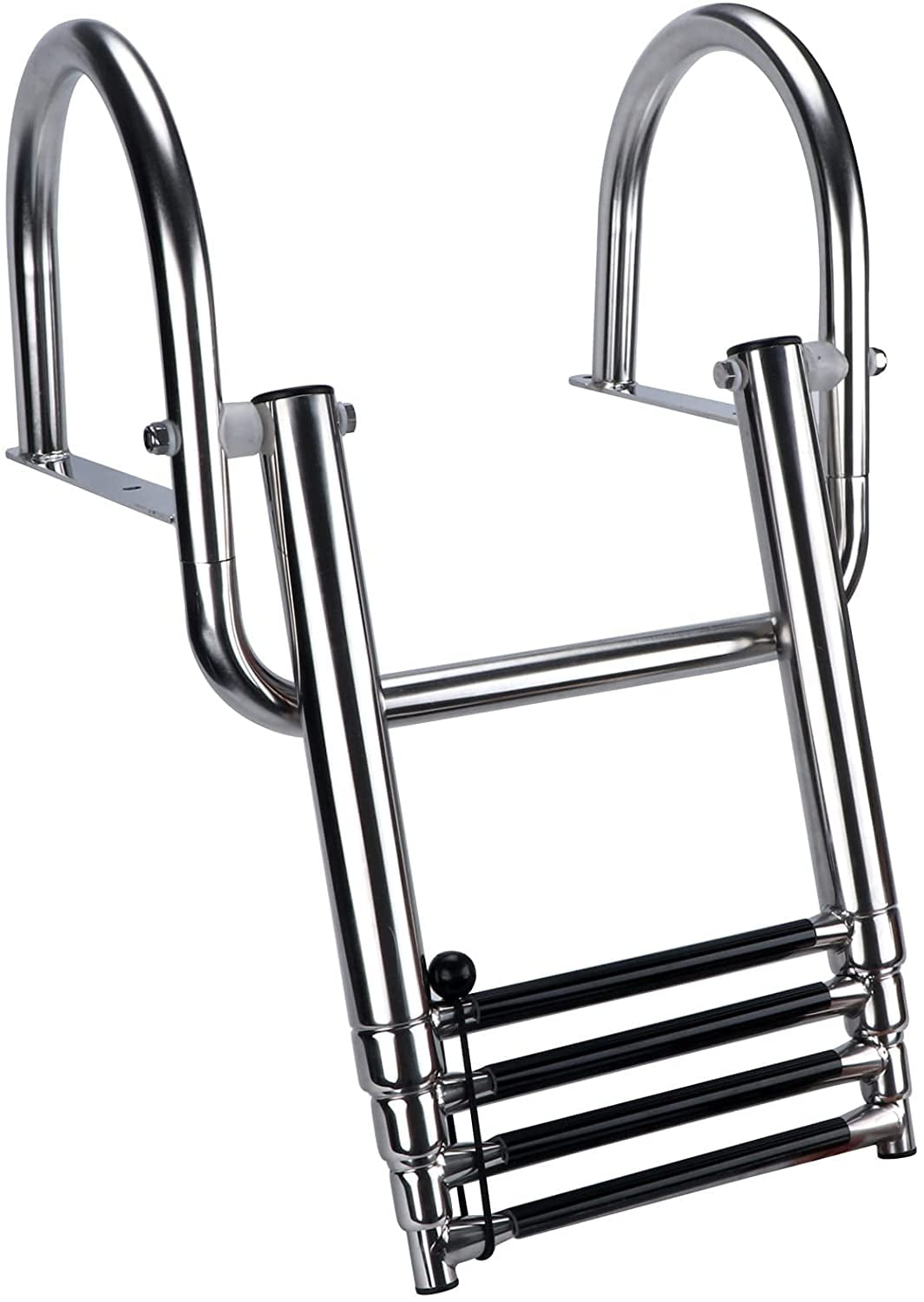



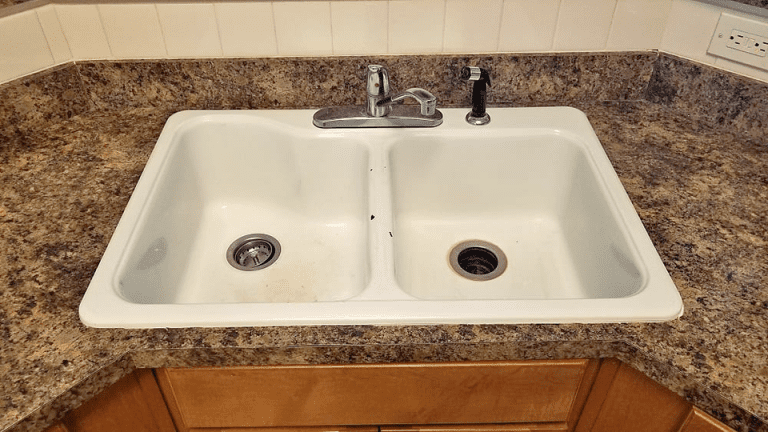



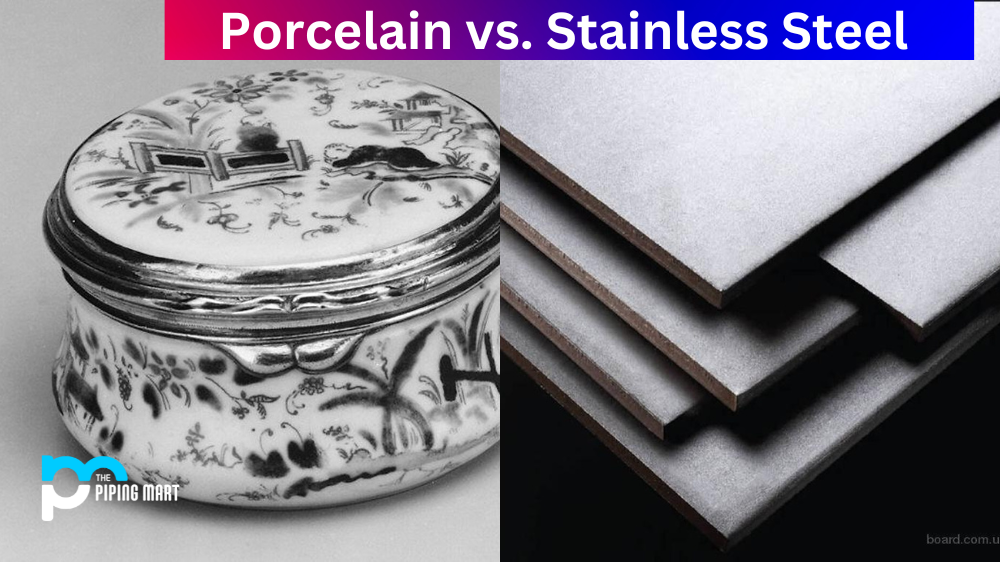

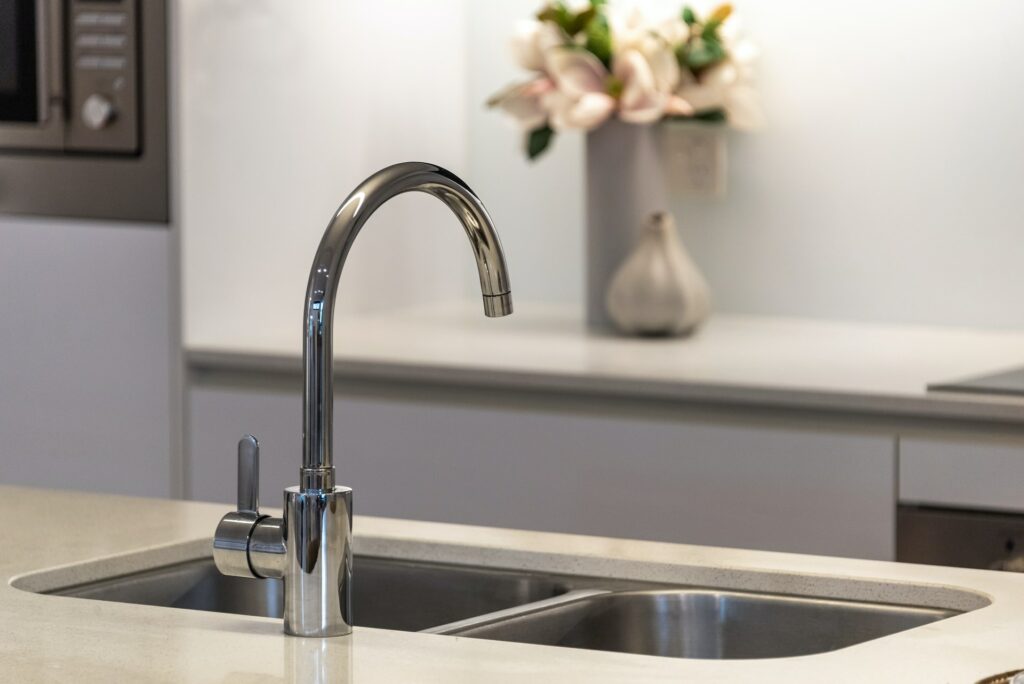



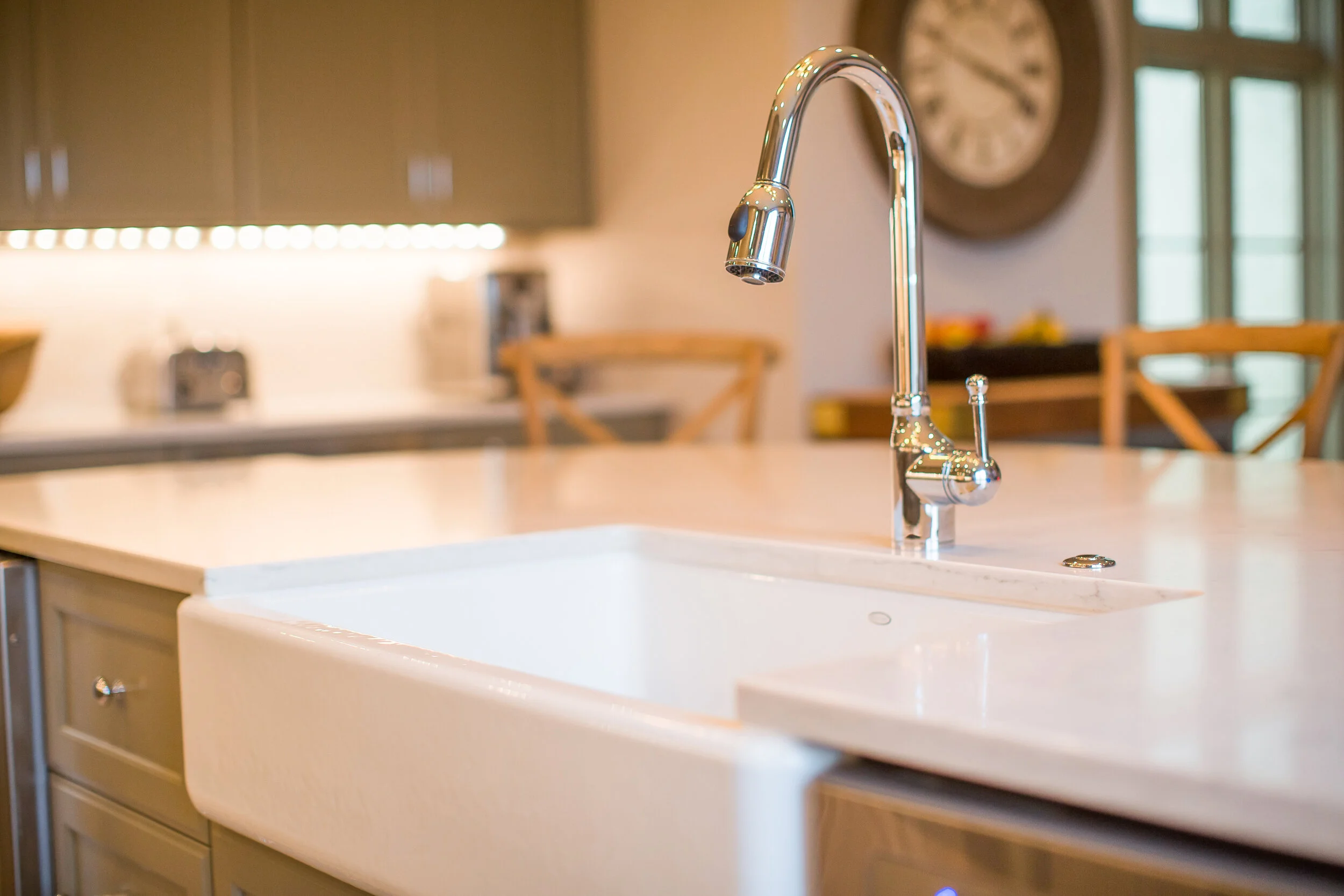


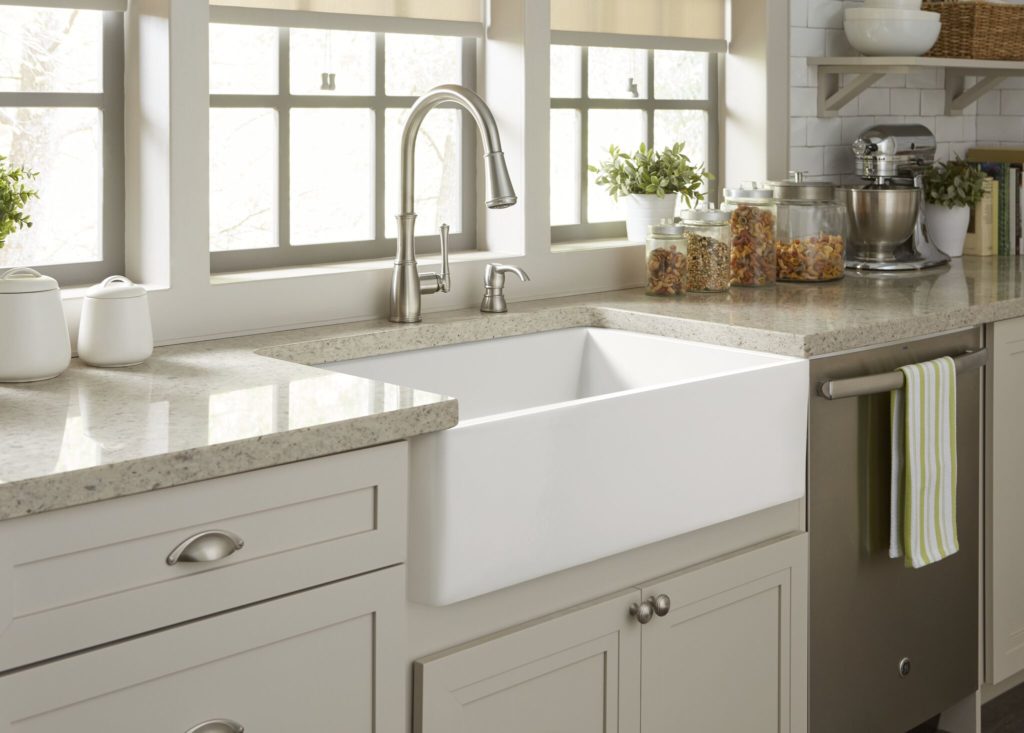

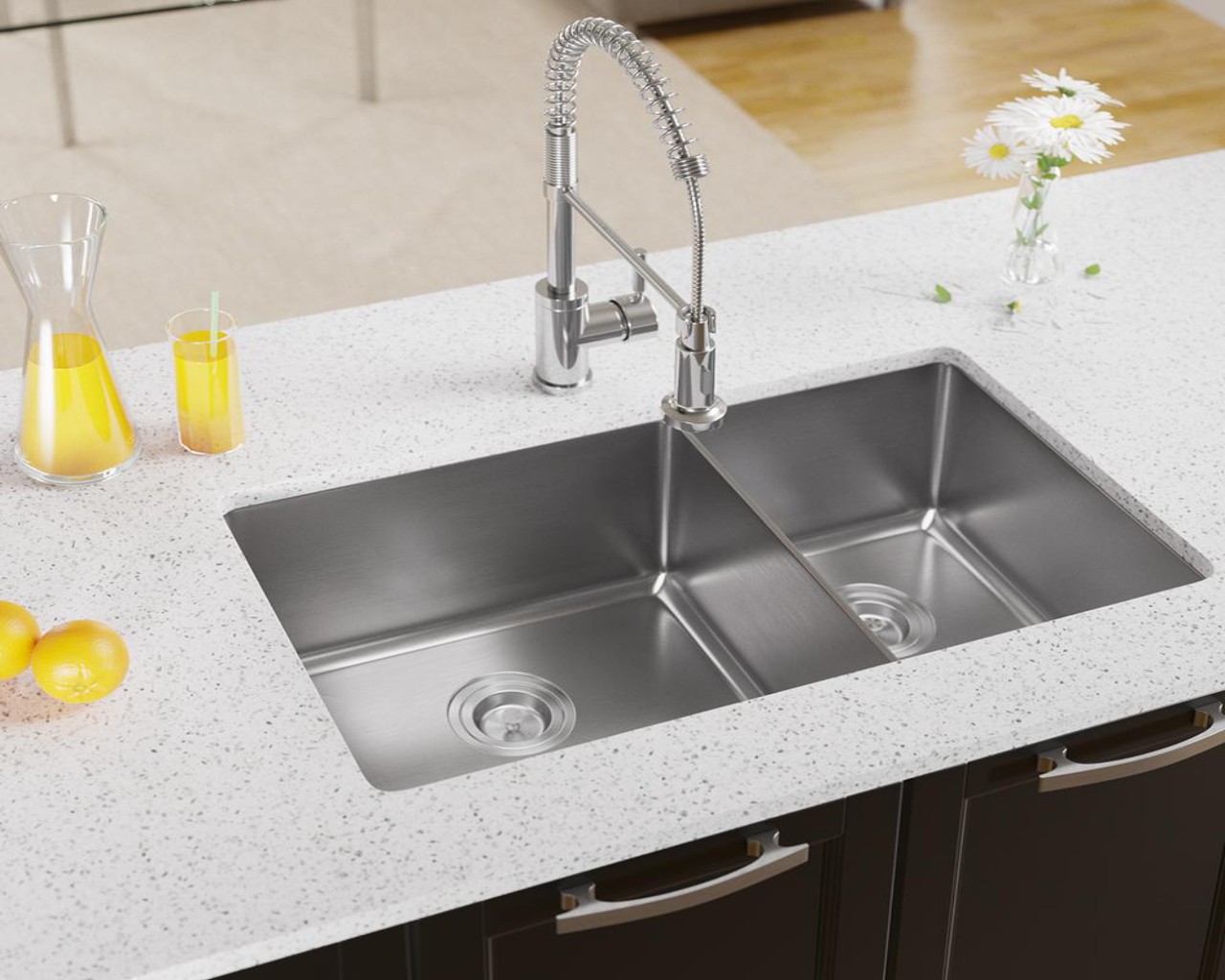
:max_bytes(150000):strip_icc()/Basic-kitchen-sink-types-1821207_color_rev-0b539306b9ef4236a136624ad2a89a4c.jpg)





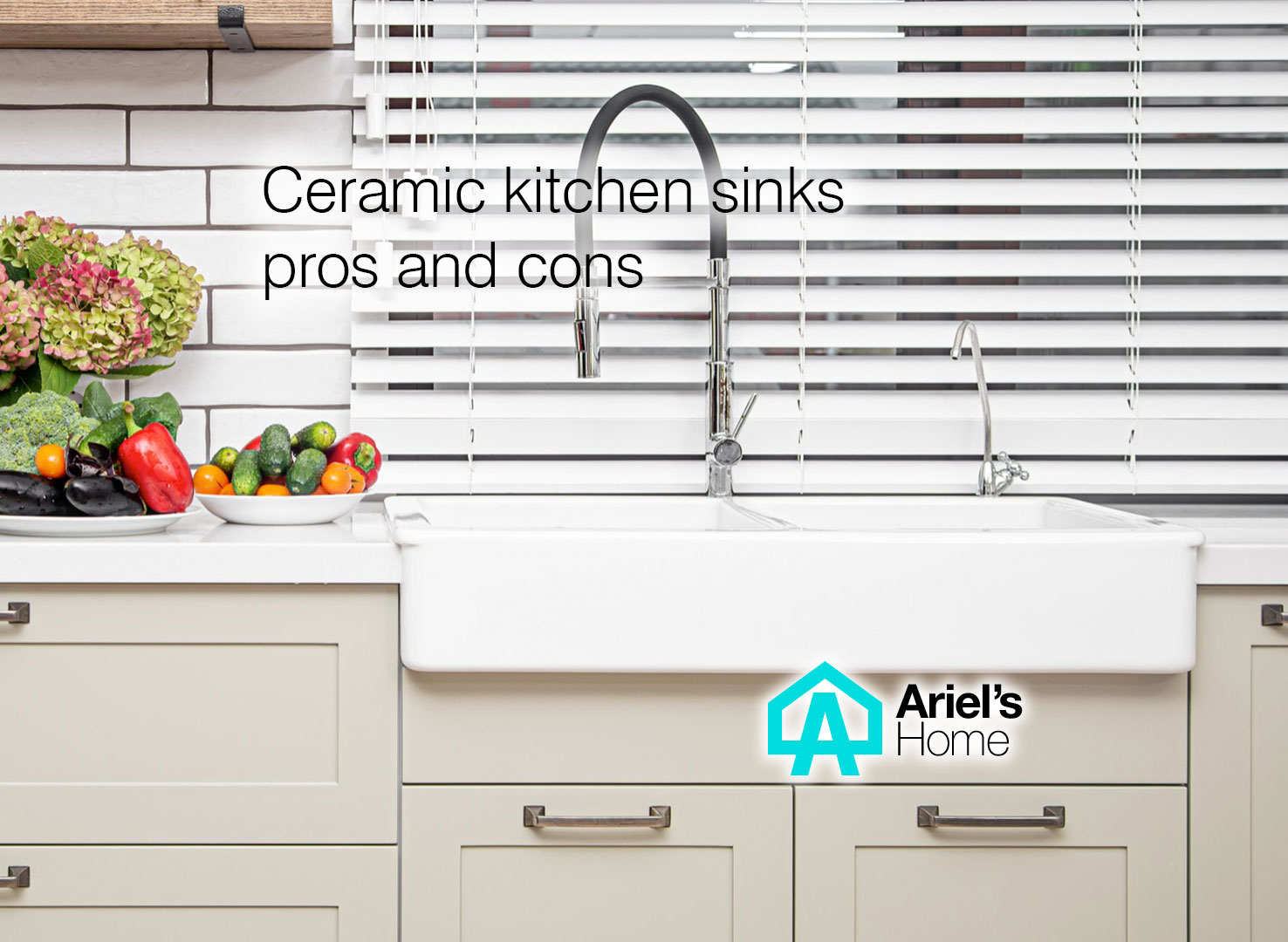
/Basic-kitchen-sink-types-1821207_color_rev-0b539306b9ef4236a136624ad2a89a4c.jpg)
:max_bytes(150000):strip_icc()/GettyImages-174841379-5a85d100ba61770036d9f06c.jpg)

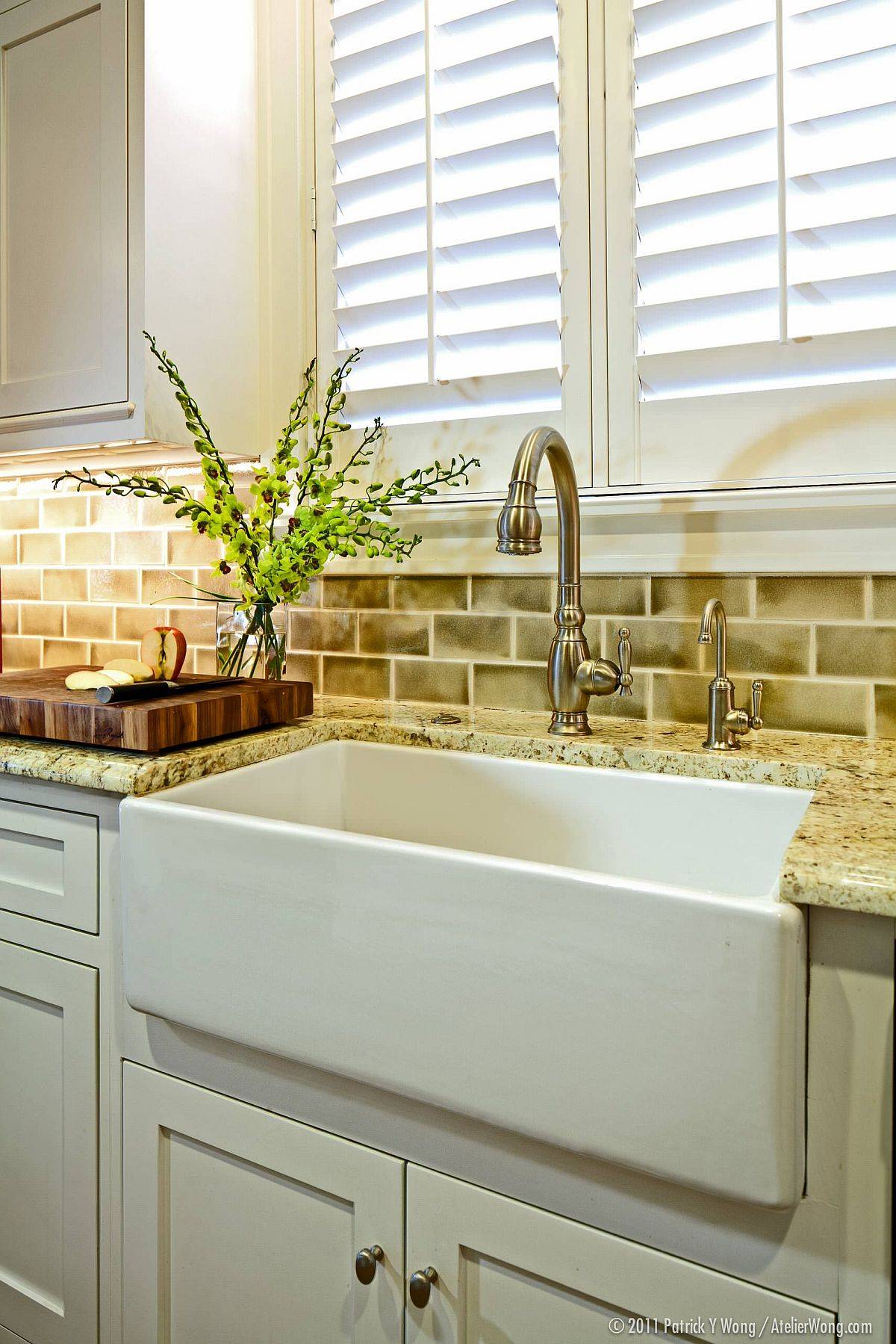













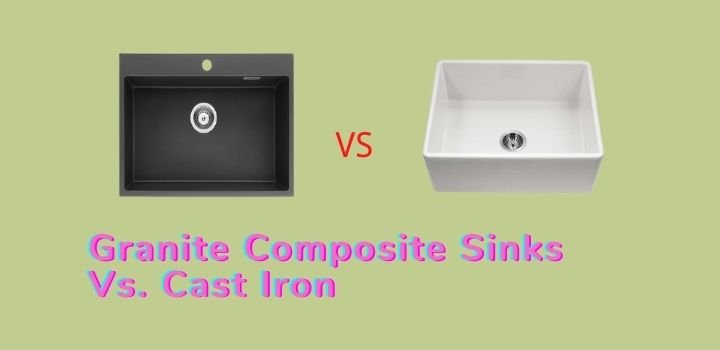
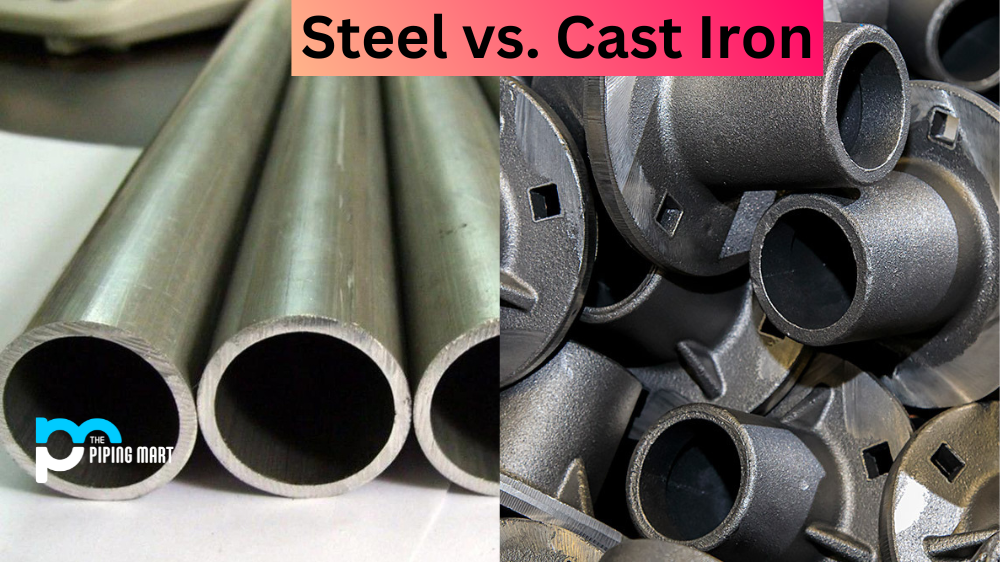


/__opt__aboutcom__coeus__resources__content_migration__serious_eats__seriouseats.com__images__2014__11__20141106-cast-iron-myth-1-8ff1d69b5ead4305adf927d7bb705246.jpg)
